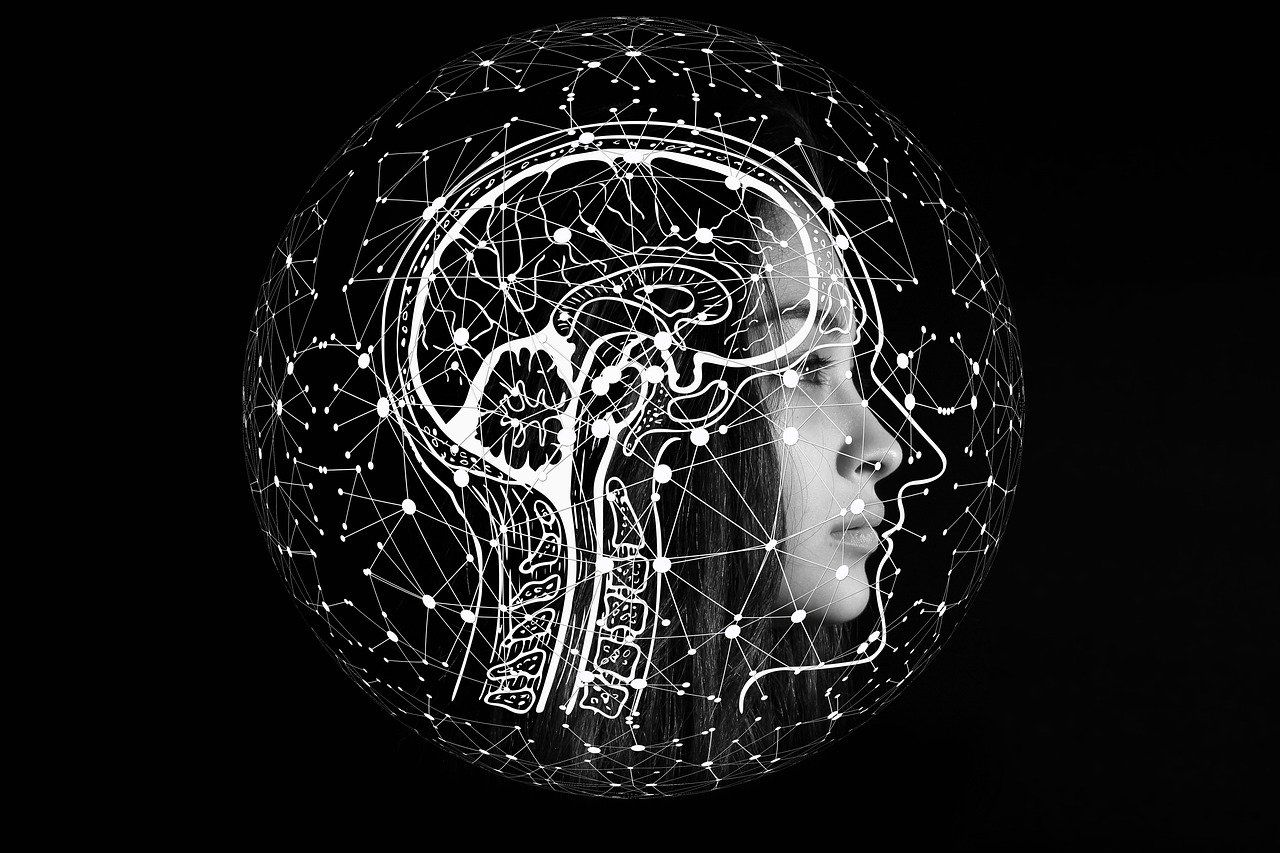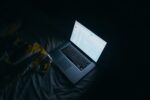The Benefits and Limitations of Using AI Art Generators

June 21, 2023
Are you looking for a new way to bring a creative spark to your artwork? If so, then ai Art Generators may be the answer. AI Art Generators are a type of artificial intelligence technology that can create unique art pieces based on user input. From abstract shapes and textures to intricate designs, ai Art Generators offer an unprecedented level of creativity and flexibility when it comes to creating digital artwork. In this blog post, we will explore the potential and drawbacks of using AI image generator technology, as well as best practices for getting the most out of this powerful tool. Read on to find out more!
AI Art Generators and their purpose
Artificial intelligence (AI) Art Generators are a new, innovative technology used to create art through the use of AI algorithms. Essentially, these ai art generators instantly generate a unique piece of artwork after a few user inputs are made. It is a unique form of generative art that combines data and scientific concepts with traditional painting and drawing principles. This new approach to creating art has a number of advantages; it eliminates a lot of the tediousness traditionally associated with creating artwork from scratch, enables a creator to produce multiple pieces quickly, and helps a creator explore a wide variety of creative styles quickly and easily. The power of ai art generators means that no matter your skill level or experience, you can now make meaningful artwork in a fraction of the time!
The Benefits of ai Art Generators
AI Art Generators is a revolutionary tool for anyone looking to create art. It is a fast, easy, and incredibly efficient way for individuals to express their creativity. AI image generator can be used with a few simple clicks of a button, saving time and allowing users to focus on important things such as refining ideas and increasing the overall quality of a project. It also allows users to utilize a wide range of tools and elements, giving them vast amounts of flexibility when creating something special. Furthermore, AI picture generators can help save money by providing a cost-effective solution, allowing users to maximize their budget effectively. Overall, by utilizing an AI image generator, users are able to do more in less time while still remaining creative and achieving amazing results with minimal effort!
The Limitations of ai Art Generators
AI art generators have been rapidly growing in popularity, allowing almost anyone to create a beautiful piece of digital artwork with ease. However, image generator has their limitations; due to the fact that they rely on existing works of art and photos, they are unable to produce completely original pieces. Furthermore, images generated by AI will often lack unique elements or desired changes, such as size and coloring, as the adjustments to be made are generally pre-created and are difficult to edit after a piece has been generated. In short, while AI art generators offer creativity and convenience at an accessible cost, there is still a need for human curation when it comes to producing unique works of art.
Some examples of ai generated artwork
AI-generated artwork is quickly becoming an impressive display of creativity. Although some may argue that computers lack the human touch, their creations can be delightful and thought-provoking. For example, Andy Delcambre used a neural network to generate art using images of cats and dogs. He then used concepts like non-adjacent colors, juxtaposition, and interstellar matter to mix his pieces together for dynamic results. NVIDIA also has AI-driven algorithms that generate breathtaking scenes based on user input keywords like “ocean” or “mountains”. Some of these types of art have already been featured at impressive contemporary art exhibitions around the world. AI-generated artwork is the perfect blend between technology and artistry that continues to evoke reactions from all those who see it.
Best practices for using ai Art Generators
When starting to use ai art generators, it’s important to consider the purpose of your artwork. Are you looking to just have a bit of fun and create something interesting, or are you trying to make something more polished? Knowing the answer will help you select a generator that best fits your needs—some are more sophisticated than others and can produce professional-quality visuals. Image Upscaler is a type of AI art generator that allows users to input low-resolution images and have them upscaled automatically into far higher resolutions. Image upscale use deep learning algorithms to fill in the details of an image and provide greater accuracy than traditional machine learning models. With their enhanced ability to replicate fine details, image upscale can be used to produce high-quality prints with increased accuracy and detail than before. When using an AI art generator like an Image Upscaler, it is advised to look out for low-resolution images, artifacts from the process, and overly blurry results.
When it comes to using AI art generators, the most important thing is to use them with respect. Respect both the artists who created them and the technology itself by being careful about how you use it. Aim to find a striking balance between taking advantage of what the generator offers, while also respecting its limitations. Always consider copyright issues when using artworks generated by AI, as some AI art generators will not issue licenses for their works. Additionally, it is critical that AI art users understand any artistic rights attached to publicly provided materials in order to avoid any legal disagreements. Ultimately, as with any tool or technology, proper usage requires a level of understanding and respect for the potential outcomes associated with it.
Final Words
The potential of an AI Art Generator for creative expression is certainly exciting. Not only can artists save time by having access to a database of images that have been generated using machine learning, but they are also given the opportunity to break new ground and create works of art that would be impossible without AI assistance. However, there are some drawbacks to using this type of machine-learning technology — most notably, concerns about the potential for plagiarism and lack of originality in both works created with or without the help of AI. Furthermore, without proper guidance or oversight from experienced artists, artists exploring this technology may be at risk of creating work that is too homogenous or too dependent on what already exists. Ultimately, it’s up to each individual artist to explore this new realm carefully while also taking into account the complexities associated with it.








